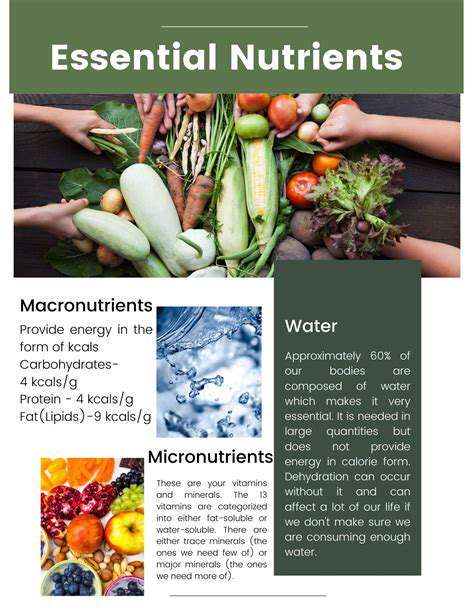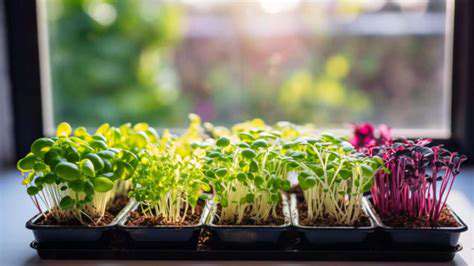Guide to Urban Gardening in Small Spaces

Watering and Maintaining Your Urban Oasis
Watering Strategies for Success
Watering your urban garden effectively is crucial for healthy growth. Understanding your specific soil type and plant needs is paramount. Clay soils retain water longer, so you'll need to water less frequently but potentially for longer durations to ensure thorough saturation. Sandy soils drain quickly, requiring more frequent but shorter watering sessions to prevent dryness. Consider using a watering can or soaker hoses, which deliver water directly to the roots and minimize evaporation. Never water during the hottest part of the day, as this can lead to water loss through evaporation and leaf burn.
Monitoring the soil moisture is a key element. Stick your finger a few inches into the soil; if it feels dry, it's time to water. This method, known as the finger test, provides a quick and easy way to gauge the moisture level without overwatering. Different plants have varying water needs, so research the specific requirements of your chosen herbs, vegetables, or flowers to ensure optimal growth.
Maintaining Healthy Growth
Regular maintenance tasks are essential for a thriving urban garden. Pruning encourages bushier growth and redirects energy to existing branches, promoting a healthier plant structure. Removing dead or diseased leaves and stems helps prevent the spread of pests and diseases, maintaining the overall health of your plants. Regular weeding is also essential, as weeds compete with your plants for water and nutrients, hindering their growth and development. Use appropriate weeding tools and techniques to minimize soil disturbance.
Proper fertilization is another crucial aspect of maintaining a healthy urban garden. Choose a balanced fertilizer tailored to your specific plants' needs. Over-fertilizing can harm your plants, so follow the instructions carefully. Adding compost or other organic matter to the soil can improve its structure and nutrient content, enhancing the overall health of your plants.
Pest and Disease Control
Recognizing and addressing pest and disease issues promptly is vital for preventing significant damage to your urban garden. Regularly inspect your plants for any signs of infestation, such as holes in leaves, sticky residue, or unusual discoloration. Implementing preventative measures, such as companion planting (certain plants repel pests), can be highly effective. When dealing with pests, consider using organic pest control methods like insecticidal soaps or neem oil. If the problem persists, consult with local gardening experts or resources for targeted solutions.
Maintaining a healthy garden ecosystem is also crucial in preventing diseases. Good air circulation, adequate spacing between plants, and proper watering techniques all contribute to reducing disease risks. If a disease appears, isolate the affected plant to prevent its spread. Research the specific disease and implement appropriate control measures, such as fungicides (if necessary) or crop rotation.
Mulching for Soil Health and Water Retention
Applying mulch to your garden beds offers numerous benefits, including soil enrichment and improved water retention. Mulch, whether made of straw, wood chips, or other organic materials, helps regulate soil temperature, reducing fluctuations that can stress plants. It also suppresses weed growth, conserving water and nutrients for your plants. Maintaining a consistent layer of mulch around the plants helps to retain moisture in the soil, reducing the frequency of watering. This is particularly beneficial during dry periods and helps to create a more hospitable environment for your plants.
Mulching also contributes to improving soil structure and fertility over time. As the mulch decomposes, it adds organic matter to the soil, enhancing its drainage and nutrient content. This results in healthier root systems and a more robust overall plant growth.











